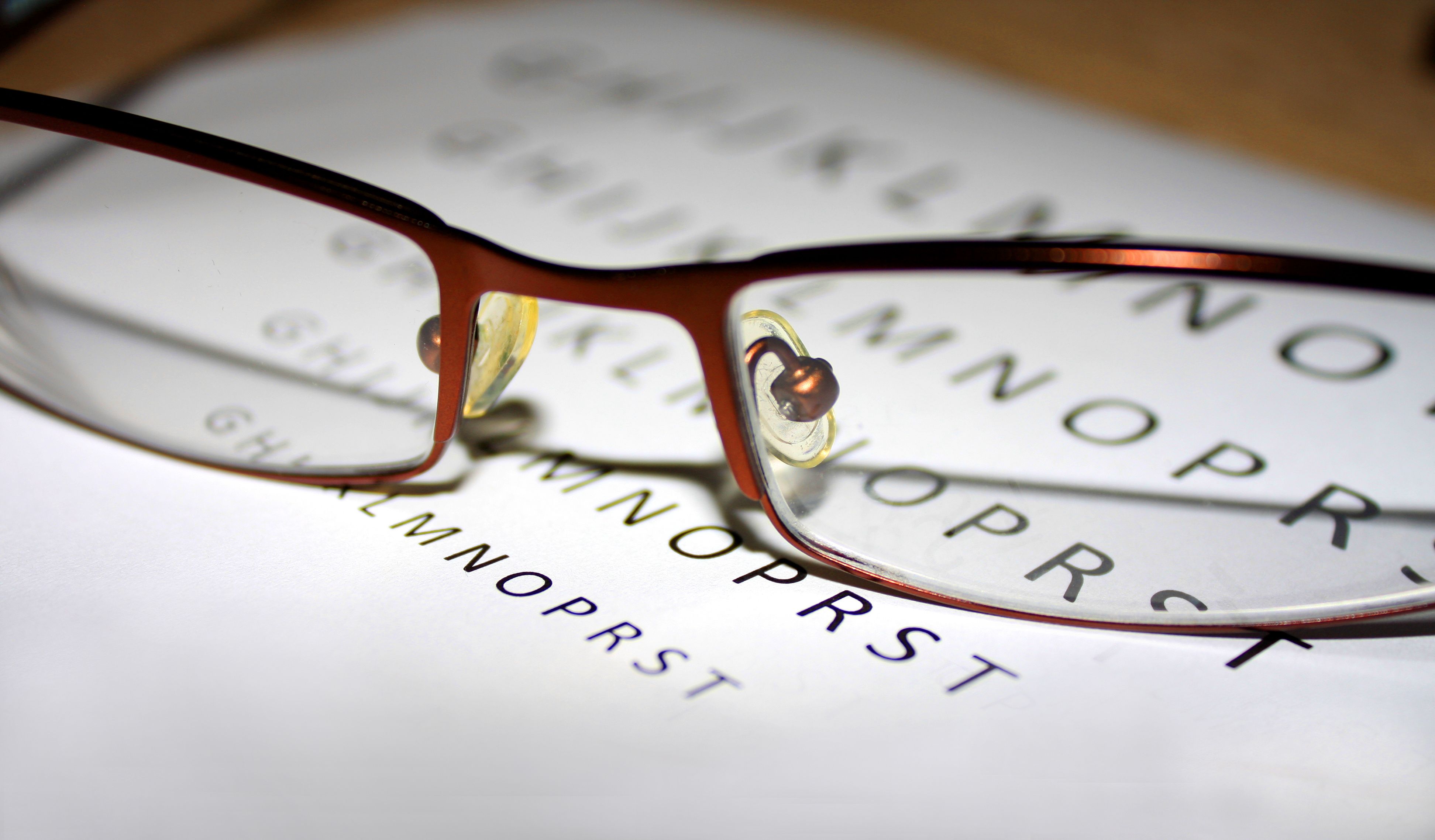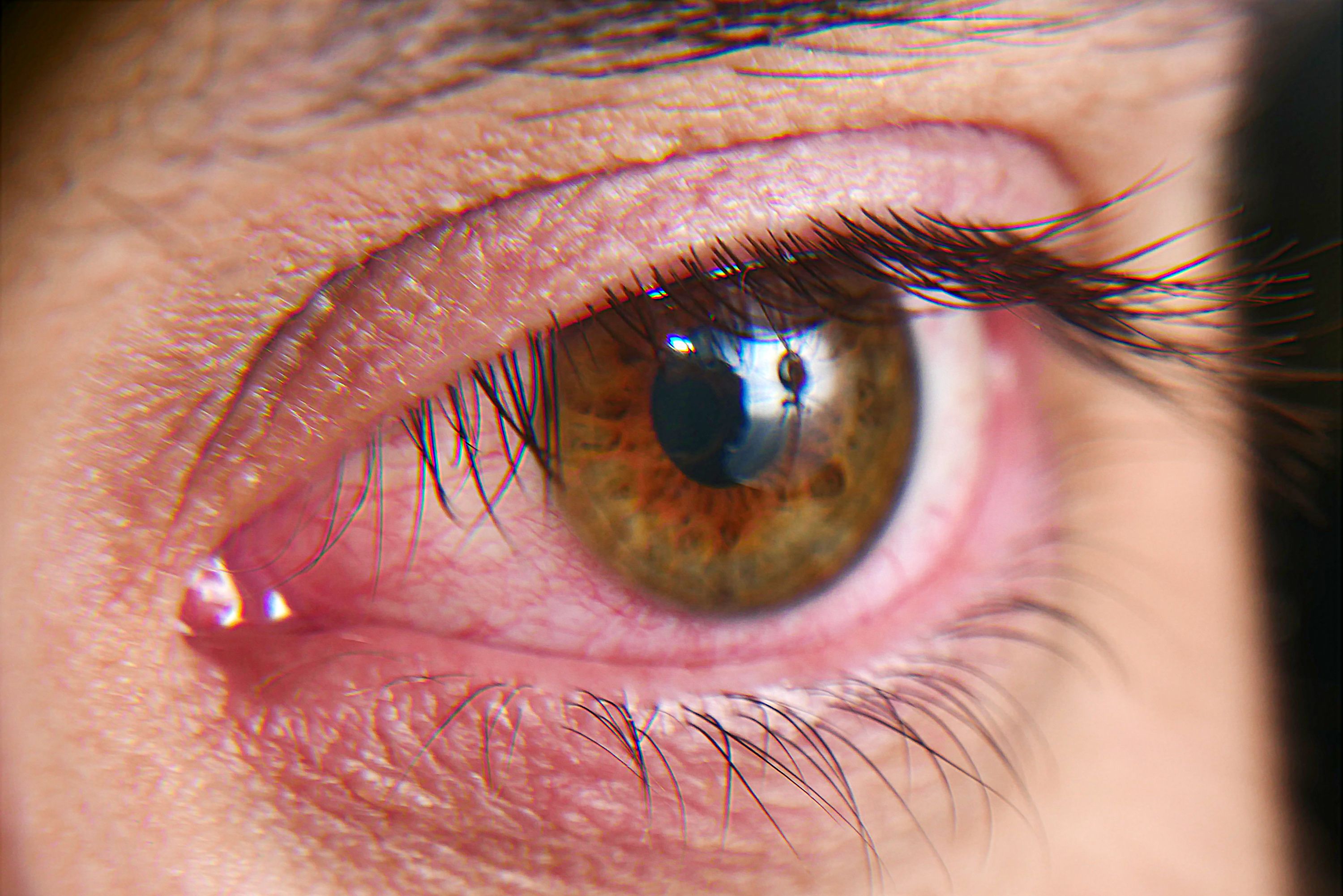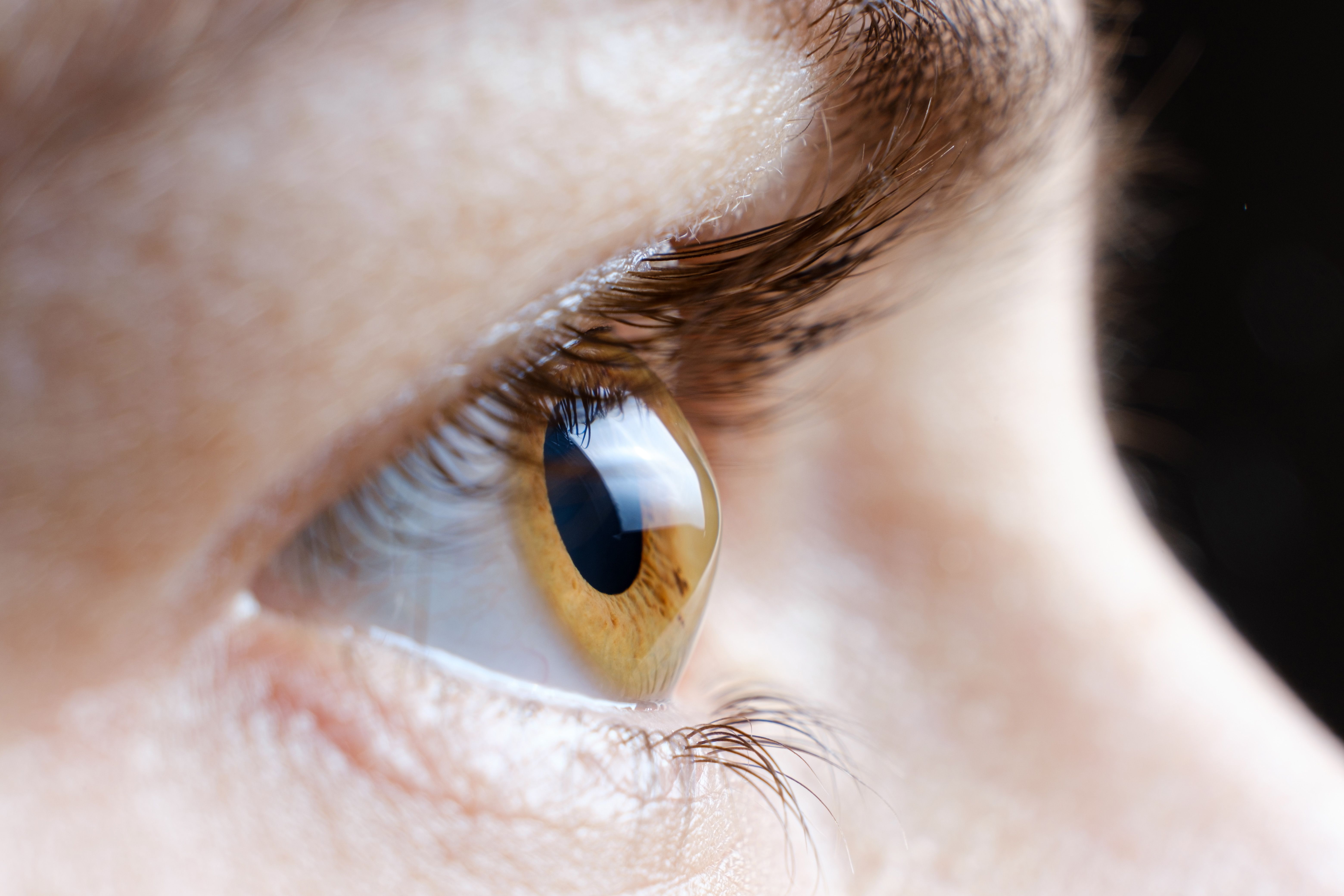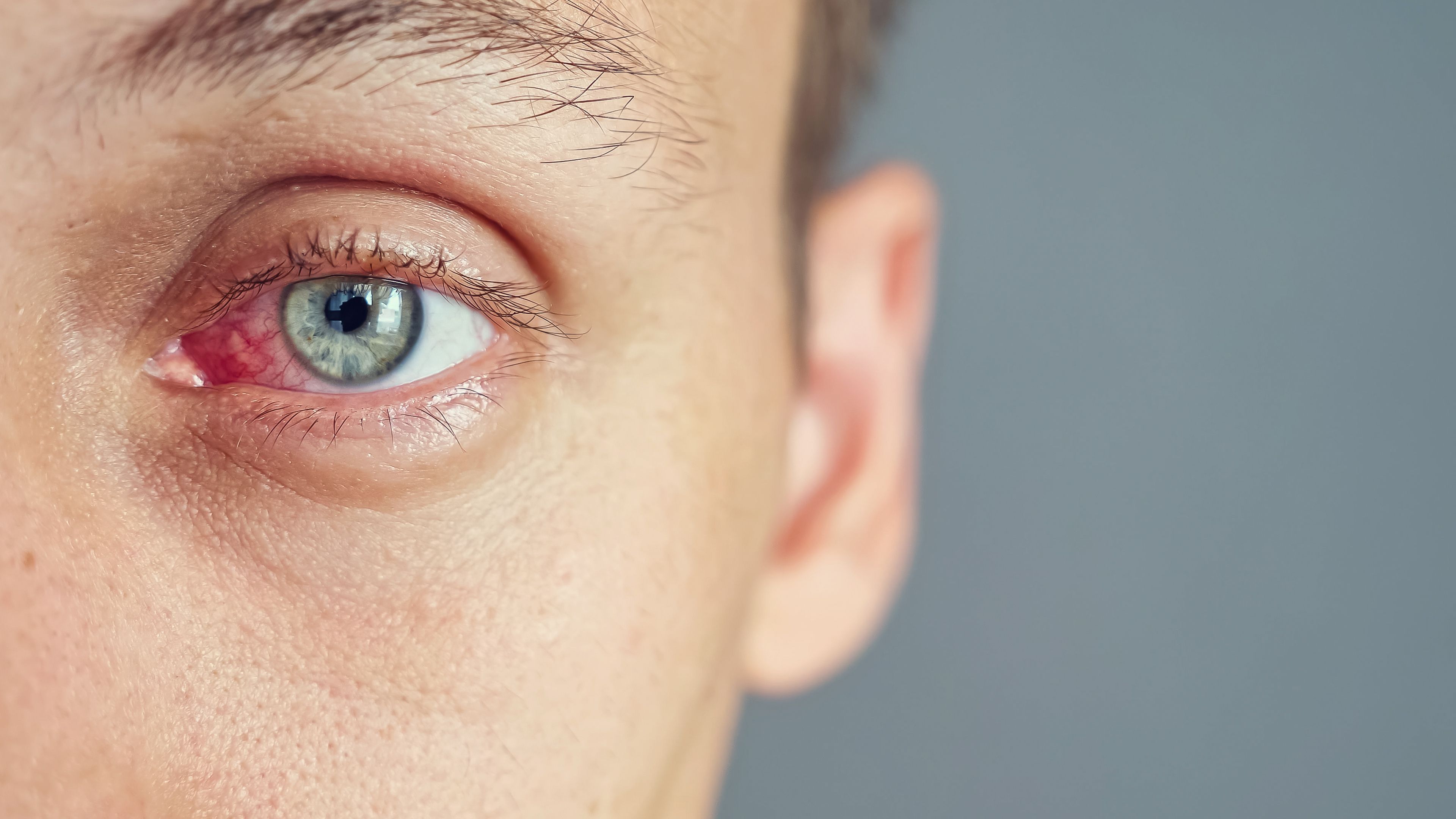Article
Cataract Surgery Linked With Increased Melatonin Secretion
Author(s):
Cataract surgery was associated with an increase in melatonin secretion, according to new study findings; melatonin secretion has been linked to depression, diabetes, cognitive impairment, and breast cancer.
Cataract surgery was associated with an increase in melatonin secretion, which in low concentrations, has been shown to contribute to depression, diabetes, cognitive impairment, and breast cancer, according to study findings published in JAMA Ophthalmology.
Cataract serves as the most common cause of vision loss worldwide, contributing to a third of overall visual impairments and approximately half of vision losses. When patients undergo cataract surgery, the opacified lens is replaced with an artificial intraocular lens (IOL), either clear or yellow, which is hypothesized to increase the nonvisual light perception and improve the circadian alignment. However, some speculate that clear and yellow IOLs impact patients differently.
This effect on the circadian alignment also results in an increase in the concentrations of melatonin secretion. As study authors note, “melatonin secretion is an important indicator of the human circadian biological rhythm.” When the circadian biological rhythm is misaligned with the external environment, patients are at an increased risk of developing various diseases such as insomnia, obesity, metabolic syndromes, and cardiovascular diseases. Additionally, a low concentration of melatonin secretion is associated with depression, diabetes, cognitive impairment, and breast cancer.
Until now, the study authors noted that randomized clinical trials (RCTs) have yet to examine the relationship between cataract surgery and melatonin secretion in patients. Researchers conducted a parallel-group, assessor-blinded RCT comparing patients who underwent cataract surgery using artificial clear IOL (group 1) or yellow IOL (group 2) with patients who delayed surgery with clear IOL (group 3) or yellow IOL (group 4).
Researchers randomized patients (n = 169; mean age [SD] = 75.7 [6.7] years) at a ratio of 1:1:1:1, with the intervention group consisting of groups 1 and 2 and the control group consisting of groups 3 and 4. The study measured the urinary melatonin excretion in the intervention group at 3 months after surgery, and the urinary melatonin excretion in the control group before delayed surgery. A subgroup analysis was also conducted on groups 1 and 3, groups 2 and 4, and groups 1 and 2.
In the study findings, researchers found that the mean urinary melatonin excretion was significantly higher in the intervention group compared with the control group (adjusted mean difference of creatinine concentration, 0.159 log ng/mg, 95% CI, 0.045-0.273; P = .007).
In the subgroup analysis, the concentration of urinary melatonin excretion in patients of group 1 was significantly higher than the control group by creatinine concentration 0.212 log ng/mg (95% CI of the difference, 0.058-0.365; P = .008). However, in the yellow IOL groups 2 and 4, this difference was not statistically significant (adjusted mean difference for creatinine excretion, 0.083 log ng/mg, 95% CI, —0.087 to 0.253; P = .33).
Additionally, there was no significant difference observed in the mean urinary melatonin excretion of intervention groups 1 and 2 (95% CI of the difference for creatinine concentration, —0.19 to 0.40 log ng/mg; P = .48).
“The findings of the present study appear to support the hypothesis that cataract surgery increases melatonin secretion at 3 months postoperatively,” said the study authors. Researchers note that while observing patients longer in a future RCT can delineate long-term sustained effects, this approach “is not readily feasible recognizing the established benefits of cataract surgery on visual acuity.”
Reference
Nishi T, Saeki K, Miyata K, et al. Effects of cataract surgery on melatonin secretion in adults 60 years and older [published online March 5, 2020]. JAMA Ophthalmol. doi: 10.1001/jamaophthalmol.2020.0206.





